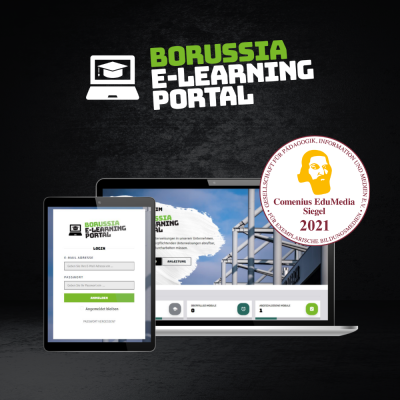How e-learning helps companies to reduce training costs
How e-learning helps companies to reduce training costs
In today's fast-moving business world, training and further education are essential to keep employees up to date. But traditional training courses? Often expensive fun! Flights, hotels, expensive venues... it all adds up. E-learning offers a cost-effective alternative that significantly helps companies reduce training costs while increasing efficiency and flexibility. But how exactly does this work?
Goodbye travel expenses - hello flexibility!
One of the biggest cost factors for face-to-face training is travel costs and the organisation of training events. Employees have to travel across the country for training, and accommodation and catering have to be provided. With e-learning, training can take place anywhere, eliminating these significant expenses. Employees can access the learning content from their desks without having to leave their desks.
Training for ALL!
One major advantage of e-learning is its scalability. While classroom training is often restricted to a limited number of participants, an e-learning platform can train hundreds or even thousands of employees at the same time. Once an online course has been created, it can be completed by an unlimited number of participants without additional costs for trainers or rooms. This is a huge advantage, especially for large companies!
Less time wasted, more productivity!
Traditional training courses often require events lasting several days, which is not only expensive but also costs valuable working time. Microlearning approaches in e-learning, on the other hand, offer short, targeted learning units that employees can integrate into their day-to-day work. This significantly reduces the time required for training and allows employees to return to productive work more quickly.
Automation and reusability of content
Once e-learning content has been created, it can be used again and again without incurring additional costs. Automated tests, quizzes and certificates can be easily integrated into the platform, eliminating the need for assessment staff. This allows companies to make optimal use of their training resources while minimising their expenditure. This not only saves money, but also time.
Conclusion: E-learning - the best investment for your company!
This investment pays off quickly: Companies save through the elimination of travelling costs, the automation of learning processes and the flexibility that this form of learning offers. In addition, e-learning is scalable and offers long-term cost benefits thanks to the reusability of content. At a time when continuous training is essential, e-learning not only enables cost-effective training, but also a sustainable improvement in learning culture and budget planning.
The decision for e-learning is not only a financial one, but also a strategic one: more productivity, better training results and an optimised training culture.


































